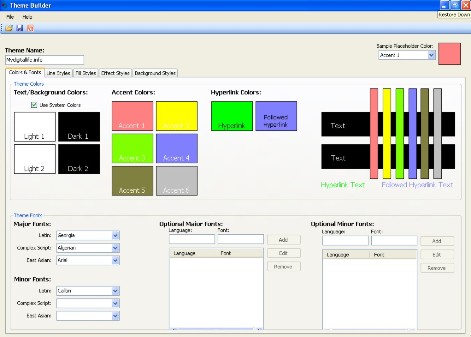

- #MAC PRO 2007 CENTOS INSTALLATION INSTALL#
- #MAC PRO 2007 CENTOS INSTALLATION FREE#
- #MAC PRO 2007 CENTOS INSTALLATION MAC#
#MAC PRO 2007 CENTOS INSTALLATION MAC#
Start the second Mac and immediately hold down the Option key until you see the startup disk manager.the one capable of booting from the USB). for Linux Mint) into the second Mac (i.e. (Note: You may need to use an adaptor if the other Mac does not have native FireWire support - e.g. Use an appropriate FireWire cable to connect the iMac to another Mac capable of booting from USB.You'll know when it's finished by seeing an icon floating around the screen. Start the 2007 iMac in Target Disk Mode by holding down the T key during startup.The following is a general guide on what's involved: Both options requires access to another Mac that will boot from USB and the second one requires the user being comfortable with the process (in some cases the process would be a nightmare, in others fairly straightforward). Obviously the above options aren't for everyone. Remove the HD from the destination Mac and insert it into another Mac or external case.Start the destination Mac in Target Disk Mode.
#MAC PRO 2007 CENTOS INSTALLATION INSTALL#
I see two ways to install an OS from a bootable USB on earlier Macs that didn't support booting from USB: So I offer this answer in the hope it works for you, but if not, it may help others. I can also adjust the dock with larger icons and other options.I haven't used this process to install Linux Mint, but I have used it to install other operating systems on earlier iMacs and MacBook Pros. I need larger text sizes than the defaults, and the Universal Access controls are easy to use and allow me to set large text and high contrast.

A System Settings icon is on the dock by default it is easy to change the settings, and soon I had the system configured to my liking. "Nice new features" in an understatement-Elementary OS easily has one of the best-designed Linux user interfaces I have ever seen.

The new design in Hera was in response to user feedback from Juno, and enables some nice new features."
#MAC PRO 2007 CENTOS INSTALLATION FREE#
Free online course: RHEL Technical OverviewĪccording to Elementary's blog, "The newly redesigned login and lock screen greeter looks sharper, works better, and fixes many reported issues with the previous greeter including focus issues, HiDPI issues, and better localization.I downloaded the ISO, created the bootable drive, plugged it in, and this time the operating system recognized my wireless card. I really liked Elementary OS, but no wireless is a non-starter.įast-forward to December 2019, when I heard a review on the Linux4Everyone podcast about Elementary's latest release, v.5.1 (Hera) bringing a MacBook back to life.

I liked the preview of what I could expect, so I decided to install it-and then my wireless disappeared. I liked what I saw in Elementary OS its Pantheon desktop is really great, and its look and feel are familiar to Apple users-it has a dock at the bottom of the display and icons that lead to useful applications. I got to a live desktop, and the operating system recognized my Broadcom wireless chipset-I thought this just might work! I made a boot drive with my USB creator and inserted it into the MacBook Air. After reading some good reviews, I decided to try Elementary OS 5.0 (Juno). Sometimes it was the wireless card another time, it was a lack of support for the touchpad. I tried several Linux distributions on my MacBook Air, but there was always a gotcha. I am glad I did, but I felt bad that I had this perfectly good MacBook lying around unused. My computer, released in 2015, has 4GB RAM, an i5 processor, and a Broadcom 4360 wireless card, but Mojave proved too much for my daily driver-it made working with GnuCash impossible, and it whetted my appetite to return to Linux. When I installed Apple's MacOS Mojave, it slowed my formerly reliable MacBook Air to a crawl.


 0 kommentar(er)
0 kommentar(er)
